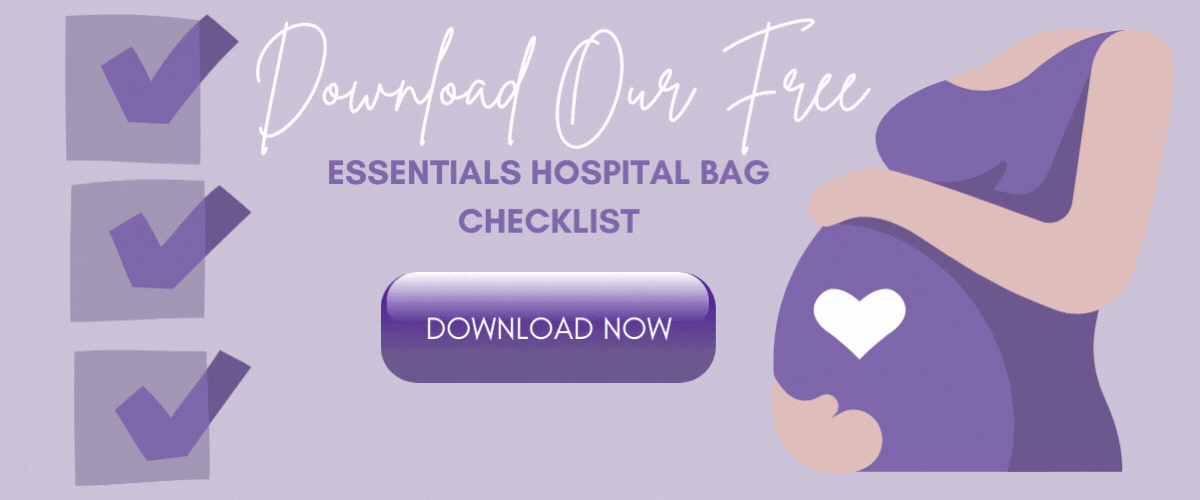Following these breastfeeding best practice guidelines can help you maintain breastfeeding your newborn throughout the first year.
Although breastfeeding is natural process that benefits both mother and child, it can take some getting used to during the first few months after your baby is born. Breastfeeding has a learning curve that requires some practice and perseverence before the process actually feels like second nature. About 50% of mothers stop breastfeeding well before their child turns six months old. Trouble with latching, milk production, and breast pain are some of the main reasons why women stop breastfeeding newborn babies. These five best practices can help you mentally prepare for breastfeeding as your due date approaches.
-
Stay Well Nourished
During your pregnancy, you had to follow altered food pyramid guidelines to give you and your baby adequate nutrition throughout this vital period. While breastfeeding, you must alter your daily diet yet again to give your body the calories, vitamins, and minerals it needs to produce the amount of breastmilk your child requires. All of the nutrients your infant needs in the first six months can be provided by your breastmilk.
You will burn up to 500 more calories each day while breastfeeding your child through the six-month mark. To account for this increased calorie expenditure, eat two to three extra snacks each day during your breastfeeding sessions. You should strive to eat a varied diet to help your child develop a tolerance for a wide range of foods. Stay hydrated by constantly sipping water and other healthy beverages such as almond milk, herbal teas, and fruit-infused water.
-
Master The Latch
You can avoid the bulk of the breast pain and milk supply problems that come with breastfeeding newborn babies by mastering the latch. You need to help your newborn to fully latch onto your nipple and breast tissue to encourage the let-down reflex, which allows your breastmilk to flow. As your child suckles, compression of these deeper tissues brings milk readily flowing out of the mammary glands. To encourage a solid latch, position your child’s belly against your own belly at first. Tilt your child’s head back, compress your breast tissue with a “C” hold and brush your nipple against the baby’s top lip to encourage a solid latch.
-
Practice Various Holds
Once you and your baby master the latch, you can experiment with other types of holds. Try out each of these breastfeeding holds to find the ones that feels comfortable for you and your child:
- Cradle: With your baby lying sideways facing you, put your baby’s head in the crook of your arm, supporting your baby’s back and bottom with your arm and hand.
- Cross Cradle: Variation of the cradle with the same positioning but you support your baby with the opposite arm of the breast being used.
- Reclining: You will lie on your side in bed with several pillows to support your back, as well as pillows for your head and legs so your body can maintain a straight line. Cradle your baby’s head with your bottom arm or use your top arm, tucking your bottom arm under your head.
- Football: You will tuck your baby under your arm like a football with their head resting on your hand, supporting your baby’s body with your forearm.
Consider using a nursing pillow to help position your baby and free up a hand for other uses.
-
Build Your Supply
You must build up your milk supply by allowing your child to breastfeed frequently. Switch between breasts during the feeding session to encourage both sides to produce enough milk for your child. If possible, do not introduce bottles and pacifiers to your baby until after breastfeeding is fully established, which takes about six weeks. You can use a pump to encourage additional milk production if your child does not master the latch at first.
-
Practice Self Care
To remain in good spirits through the postpartum period, you must focus on self-care while you are following these breastfeeding best practice guidelines. Although breastfeeding facilitates a close, constant connection with your newborn, take some time for yourself whenever possible. Relax in a long, luxurious bath or take a quick nap when family comes to fawn over your baby.
Make sure your self-care routine extends to your breasts and nipples as well, as they are working overtime during this period. Gently wash your breasts and nipples with warm water to keep the skin healthy and ducts clear of obstructions. Use purified lanolin cream to rehydrate your nipples and keep them from cracking.
For all of your prenatal and postpartum care needs, contact The Woman’s Clinic at (501) 664-4131 to schedule an appointment with one of our experienced obstetricians. The Woman’s Clinic offers breastfeeding classes and we have lactation consultants on staff to help you after delivery.


